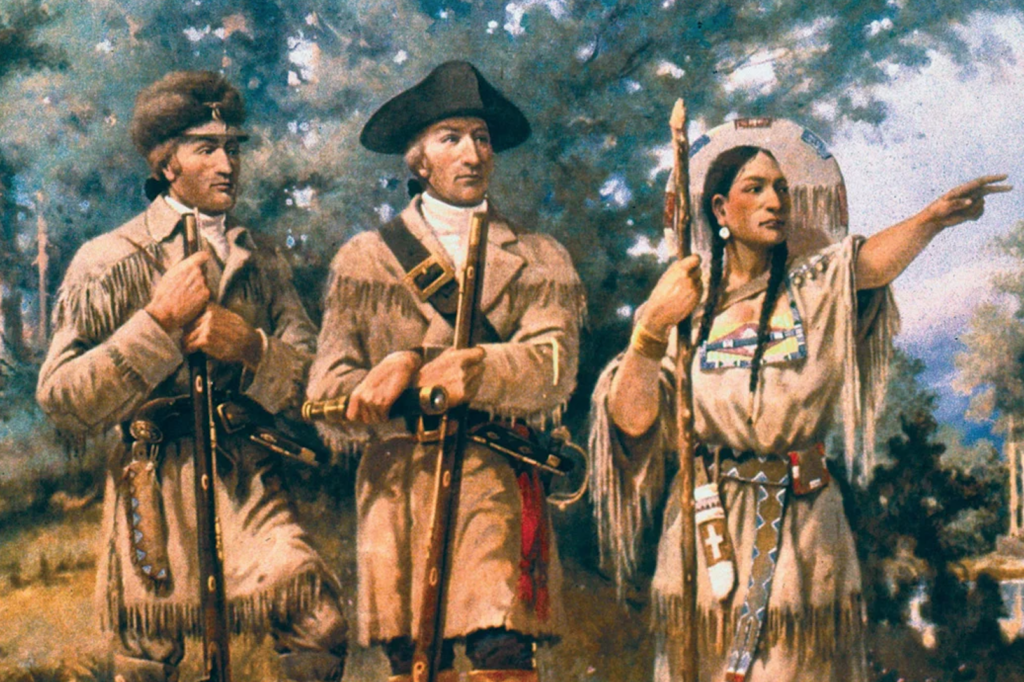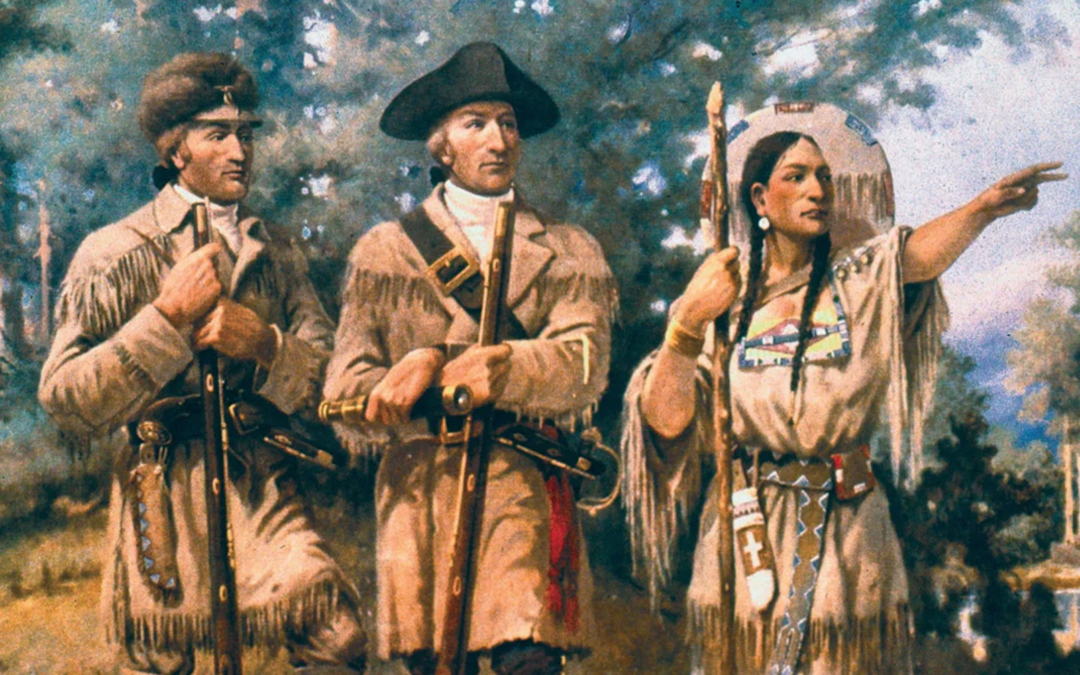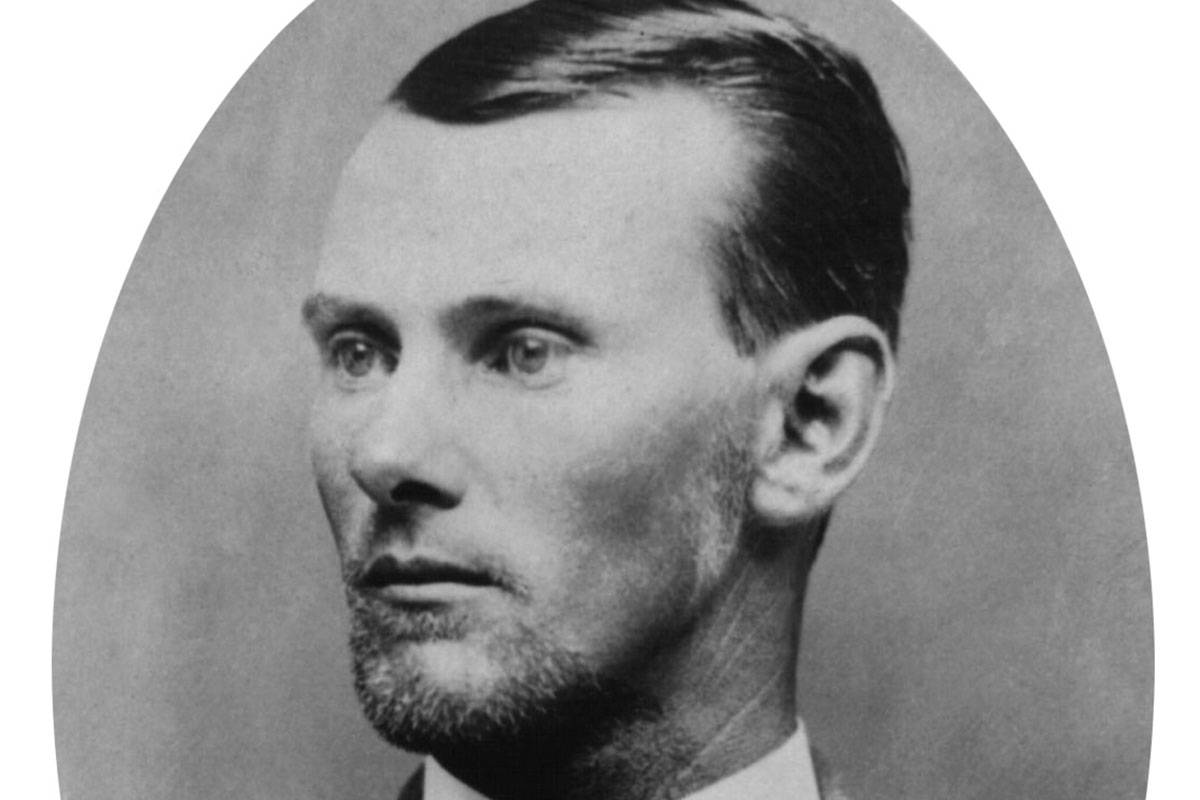
On May 14, 1804, the Corps of Discovery set off on a journey where no white man had ever been, forging into a land that was little more than blank space on every existing map. Helped along by friendly tribes, boldly standing up to belligerent ones, facing hardships that should have driven them back. They were out of touch with “civilization” so long, most Americans thought they’d perished.
The expedition traveled up the Missouri River in a 55-foot-long keelboat and two smaller boats. The Corps of Discovery numbered about 36 men. Among them was a black man, York. Lewis brought along a large Newfoundland dog, named Seaman. Hungry as the men got on the voyage, they refused to eat the dog when things got rough.
The large keelboat would attract large numbers of curious natives along the way. Clark modified the craft before they left St. Louis. The plans were found in an attic in Minnesota in 1953.
For powder and lead, Clark molded lead, into hollow cylinders then filled with powder and capped with a wax cork making them waterproof. They were washed overboard several times, but the powder remained dry. When they needed more ammo, he poured out the powder into horns and the cylinder provided enough lead to make enough balls for the powder. Shortage of ammo was never a problem.
The Corps was also equipped with an air gun. The Indigenous Peoples had seen rifles but not anything like the air gun that would fire multiple times.
The only man to die on the journey was Sgt. Charles Floyd. His appendix burst and he died on August 20, 1804.
In November, Toussaint Charbonneau, a fur trader and his sixteen-year-old Shoshoni wife, Sacagawea, joined the expedition as an interpreter.
The Corps had its first winter camp near the villages of the Mandan Indians North of today’s Bismarck, N.D. from November 1803, to March 1804. They built a fort to spend the winter. This was the furthest point known to whites. The friendly natives were quite hospitable sharing everything including their young girls. The Corps shared their hospitality. Pierre Croissant played the fiddle. York astonished them by his black skin. To them he was “big medicine.”
The Mandan’s did a buffalo dance to call the bison. Amazingly, two days later the buffalo came and there was a hunt.
Leaving Winter camp, they crossed into present-day Montana where they first saw the Rocky Mountains.
On the other side of the Continental Divide, they met Sacagawea’s tribe, the Shoshone, who sold them horses for their journey through the Bitterroot Mountains. After passing through the dangerous rapids of the Clearwater and Snake rivers in canoes, the explorers reached the calm of the Columbia River, which led them to the sea. On November 8, 1805, the expedition arrived at the Pacific Ocean. After pausing there for the winter, the explorers began their long journey back to St. Louis.
On September 23, 1806, after almost two and a half years, the expedition returned to the city, bringing back a wealth of information about the region.
Theirs was a journey that changed America forever.






